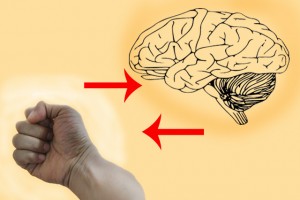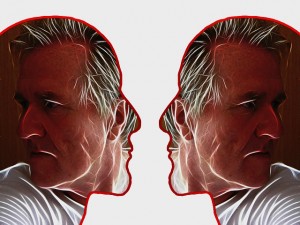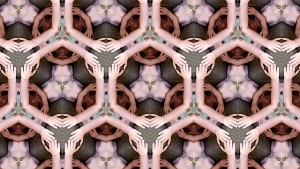 Ever wonder why bullies bully? What’s their problem? That’s exactly the point… they are struggling with a problem. Bullying is an act of violence, and violence is an expression of anger. Bullies have an anger problem. Following Karyn Hall PhD’s thoughts (2012), the bully’s anger serves a few possible purposes: to protect himself, to control, and to connect:
Ever wonder why bullies bully? What’s their problem? That’s exactly the point… they are struggling with a problem. Bullying is an act of violence, and violence is an expression of anger. Bullies have an anger problem. Following Karyn Hall PhD’s thoughts (2012), the bully’s anger serves a few possible purposes: to protect himself, to control, and to connect:
Emotional Shield: Bullies fight hard to protect themselves from feeling powerless. As former victims themselves, they’ve had their share of feeling powerless. Anger is an empowering feeling that pushes them to break that all-too-familiar barrier of paralyzing fear.
Source of Control: Bullies fear to lose their victim as a scapegoat, which they desperately hold on to. Through anger, they can intimidate and manipulate others into submission to play the abuse game by their rules.
Safer Connection: Dr. Hall paraphrases Steven Stosny’s words on core hurts from his book Treating Attachment Abuse (1995): “He identifies core hurts, some of which are feeling ignored, unimportant, accused, guilty, untrustworthy, devalued, rejected, powerless, and unlovable”. These core hurts are the result of serious narcissistic injuries. They give rise to difficult emotions, such as fear, sadness, depression, vulnerability, etc. Anger then becomes a way of connecting with other people without having to deal with those difficult emotions.
*The views expressed by our authors are personal opinions and do not necessarily reflect the views of the CCPA







